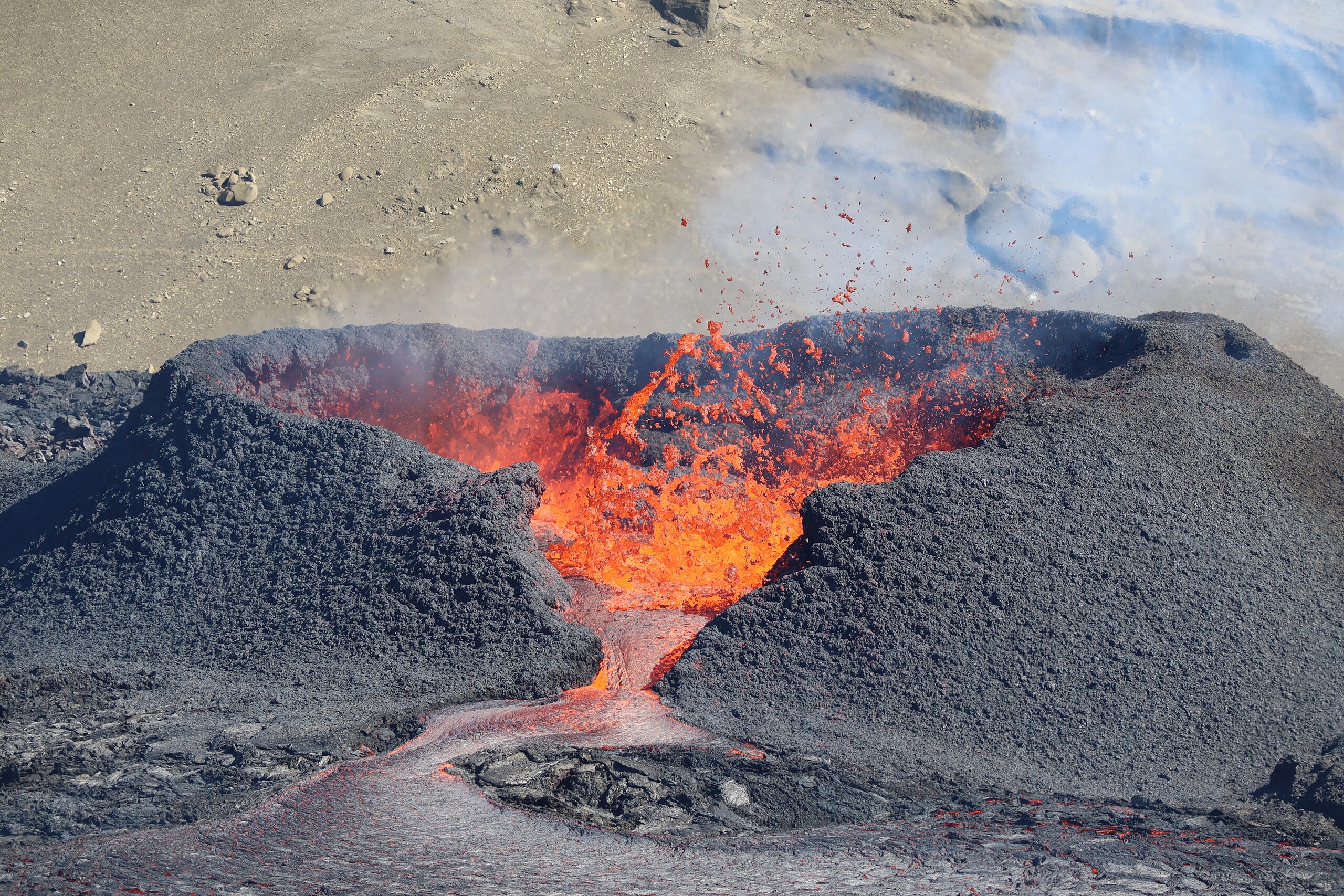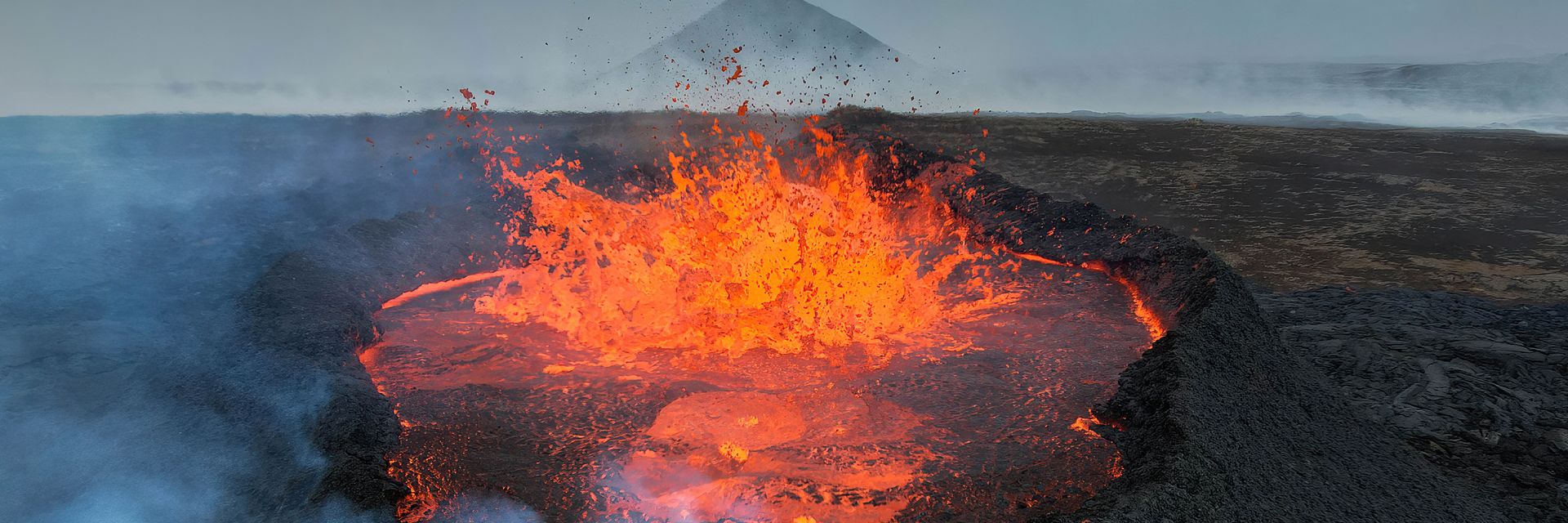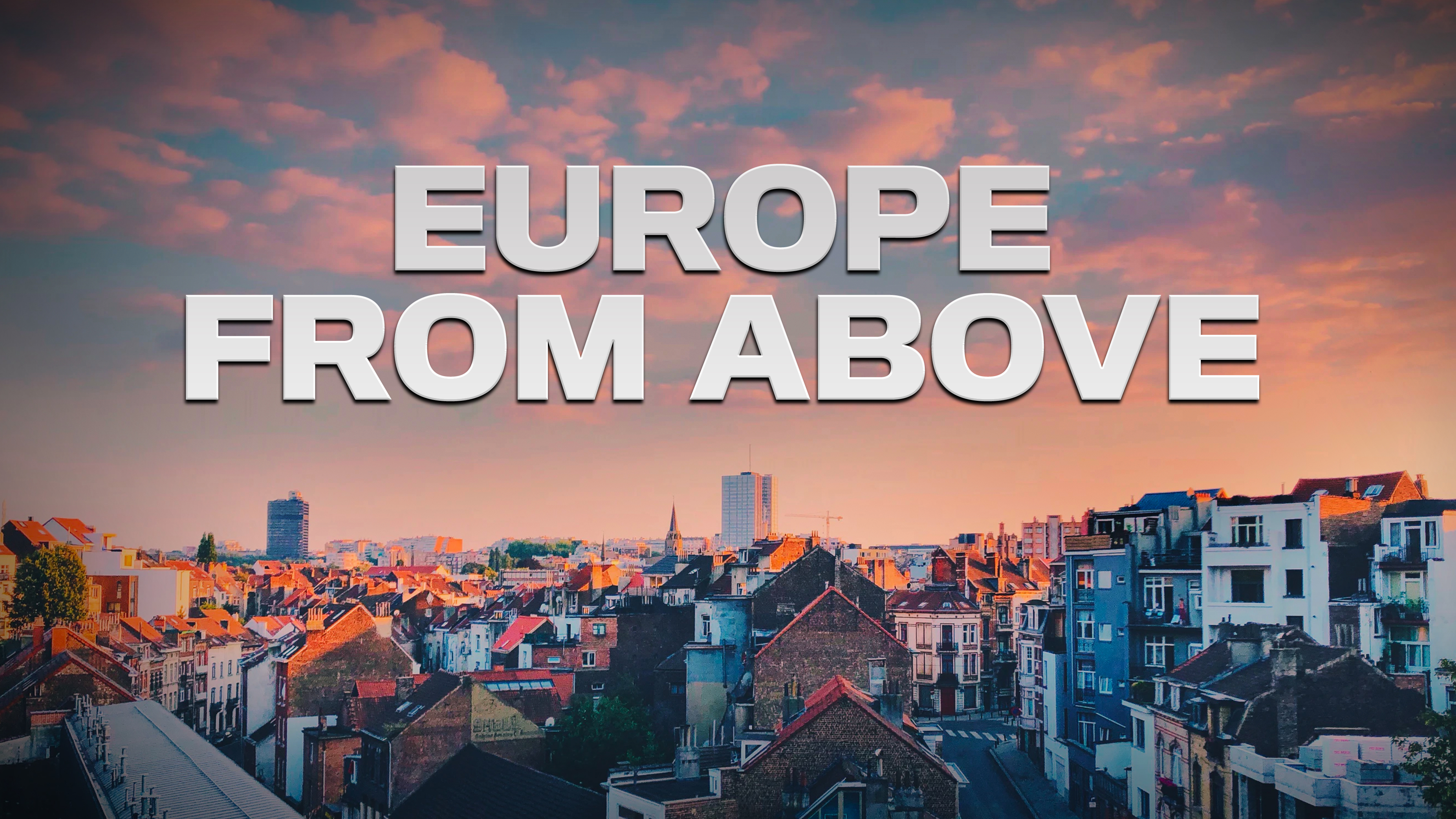The lava from undersea volcanic activity sometimes creates islands of habitable terrain. Iceland is such a place.
◊
When you think about the violent and destructive majesty of volcanoes, certain locations around the great Pacific “Ring of Fire” such as Japan, Hawai’i, Mexico, and the Pacific Northwest of the U.S. may spring to mind. Or, you might think of Iceland, in the middle of the North Atlantic Ocean where the Eurasian and North American tectonic plates are scraping against each other.
It seems that every few years we hear about volcanic activity in Iceland. These events send huge clouds of smoke and ash into the atmosphere, displaces residents, creates havoc with air travel, and produces stunningly beautiful photos and videos.
Let’s take a look at some key facts about Iceland's volcanoes.
For more on Iceland's volcanoes, check out the Iceland episodes of Europe from Above.
Types of Volcanic Activity
- Stratovolcanoes: Also known as composite volcanoes, these are the most common type in Iceland. They are characterized by their steep, conical shape and are often associated with explosive eruptions.
- Shield Volcanoes: While these are less common, they are notable. Shield volcanoes have a broad, gently sloping profile and are associated with less explosive eruptions.
- Fissure Eruptions: These occur when a crack in the Earth's crust allows magma to erupt continuously along the length of the fissure. The eruptions are typically less explosive but can be long-lasting and cover large areas with lava.
Locations
Volcanoes are spread throughout Iceland, with some of the best-known regions including:
- The Reykjanes Peninsula in the southwest
- The Hekla volcano in the south
- The Katla volcano in the south
- The Vatnajökull Glacier region in the southeast
- The Askja volcano in the central highlands

Eruption at Fagradalsfjall, Iceland (Credit: Yuo7si, via Wikimedia Commons)
Significant Eruptions
- The Bardarbunga eruption in 2014–2015 was one of the largest eruptions in Iceland in recent decades. It produced extensive lava fields and caused disruptions to air travel.
- The Holuhraun eruption, also in 2014–2015, occurred as a fissure eruption, producing a vast lava field in the central highlands.
- The Grimsvotn eruption in 2011 was a significant eruption from Iceland's most active volcano, located beneath the Vatnajökull Glacier.
- The Eyjafjallajökull eruption in 2010 caused major disruptions to air travel in Europe due to the massive ash cloud it produced.
The effects of volcanic eruptions can vary widely. The release of smoke and ash into the atmosphere can impact air travel, create problems for agriculture, and pose health hazards. Lava flows can destroy infrastructure and affect land use. And volcanic gasses can produce health and environmental issues.
Iceland’s geological activity is closely monitored, and the country has a robust system for response to eruptions and mitigation of their effects. While volcanic activity frequently impacts the lives of many Icelanders, it is generally accepted as a natural part of living in a remote nation with such a unique and captivating landscape.
Ω
Title Image: Volcano eruption next to Litli-Hrútur in Iceland, July 2023 (Credit: Giles Laurent, via Wikimedia Commons)


